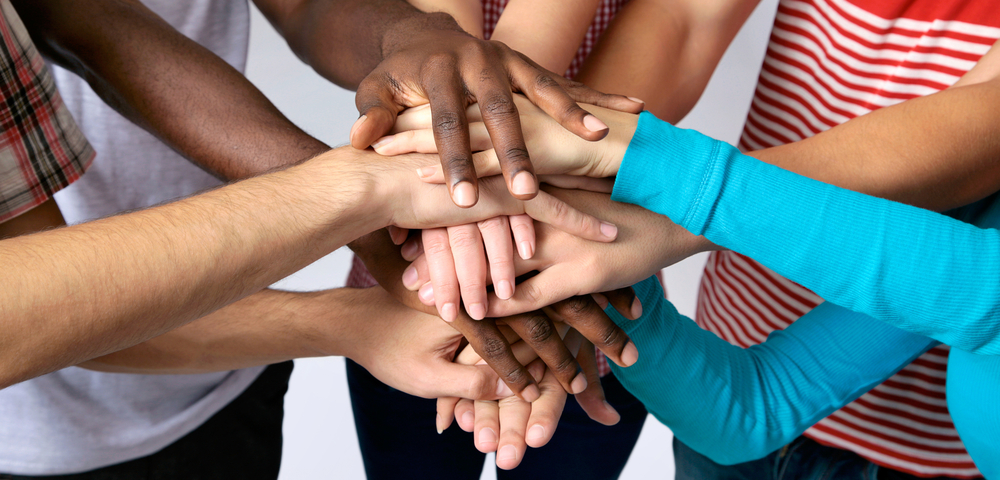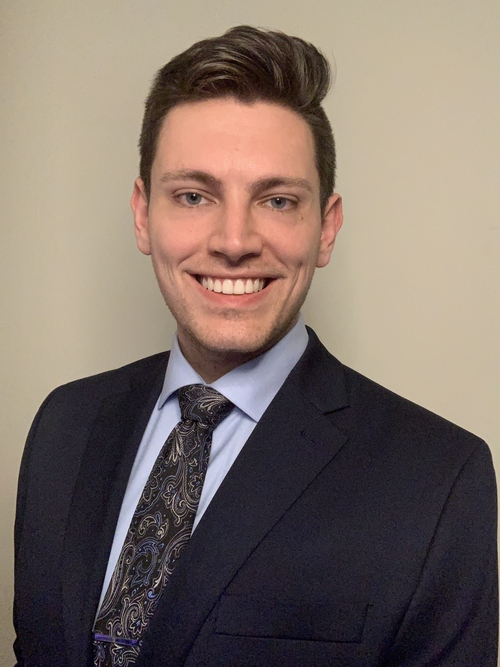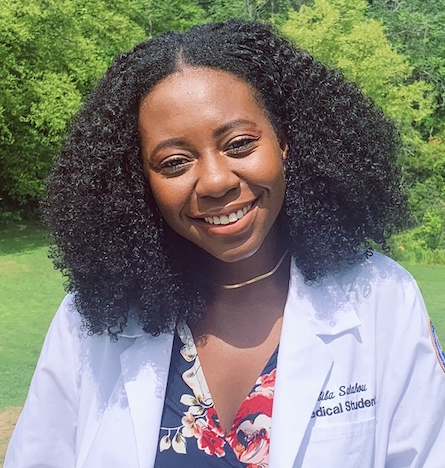
Medical school student organizations need to be more inclusive when it comes to leadership, say two students from Oakland University William Beaumont School of Medicine.
Abiba Salahou and Eric James, both third-year students, co-authored “Medical Students and Issues of Social Change: Gender Inclusion in Student Organizations.” The article recently was published in Medical Science Educator.
The duo say that although studies indicate medical students generally rank “working for social change” among top priorities, they sometimes fail to be as inclusive as they can be – especially when it comes to deciding who will lead student orgs.
“Medical students want to create social change, but we cannot neglect our role in inadvertently propagating inequitable systems,” the pair writes.
“Our intervention and reflection have illustrated that issues of gender representation and inclusion in medicine are not antiquated stories of the past, but ongoing challenges we are working to overcome.”
OUWB currently has 54 student organizations, including 21 specialty interest groups. Such student-led, student-driven groups offer participants the opportunity to learn, grow, build community, and connect with each other around shared interests. They all have executive boards (e-boards), primarily made up of second-year medical students.
James notes that it’s up to outgoing e-boards to decide who will follow them the following year. He says it’s a system that can be problematic.
 | |
| James | |
 | |
| James |
“If your entire e-board is one gender, it’s really easy to say ‘Oh, well, this is how it’s always been so that’s how it’s going to stay,’” he says.
Salahou says it’s important that all students at least have a chance to get involved in leadership of interest groups, noting the increased weight residency programs are putting on involvement in such groups.
In conducting research for the paper, Salahou and James looked at the National Resident Matching Program’s Director Survey to identify the impact involvement in student interest groups has on residency selection. Four components stood out: perceived commitment to a specialty; leadership qualities; volunteer/extracurricular experiences; and demonstrated involvement and interest in research.
“Residency programs are looking at much more than grades and board scores,” she says. “They‘re going to be looking at commitment to field, (and) what students are doing with their free time.”
Further, Salahou says involvement in student interest groups can help medical students connect with physicians, which can lead to other important opportunities, such as research or shadowing.
 | |
| Salahou | |
 | |
| Salahou |
Diverse leadership is critical for all involved, she says, so that there are people in place to advocate for different gender groups.
“Members of a surgery group may benefit from an event that is specifically geared towards female surgeons and addresses things like work-life balance and being a mom, but an all-male e-board might not think to have an event like that,” she says.
James and Salahou — who both have held roles on e-boards — started looking closely at OUWB’s groups when they were in their first year of medical school at OUWB and “noticed that some of the student organization boards only had one gender represented.” He said they noticed it particularly with specialty interest groups.
They then reached out to their entire class of first-year students (at the time) to raise awareness of what they viewed as a problem, along with second-year students charged with picking their respective successors.
Though the project began as a closer look at OUWB’s groups, the paper by James and Salahou notes that the dominance of a single gender in student “parallels gender domination in clinical practice.”
In other words, it’s a problem that goes beyond OUWB, which is why the pair say they decided to seek publication in Medical Science Educator.
“Moving forward, it is essential all medical students consider our role in proliferating those values (of gender representation and inclusion), and recognize our responsibility to correct them during the identify forming years of undergraduate medical education,” they write.
Further, they ask that students and faculty advisors at other institutions conduct similar audits of their student orgs and look at gender, race, socioeconomic status, and age “in order to promote intentional inclusion across medical education.”
“We really just want people to keep inclusion in their minds, not only on this specific issue, but really all the different ways,” says James. “Just keeping an eye on that when you’re aware of it can really make a difference.”
For more information, contact Andrew Dietderich, marketing writer, OUWB, at adietderich@oakland.edu.
To request an interview, visit the OUWB Communications & Marketing webpage.
NOTICE: Except where otherwise noted, all articles are published under a Creative Commons Attribution 3.0 license. You are free to copy, distribute, adapt, transmit, or make commercial use of this work as long as you attribute Oakland University William Beaumont School of Medicine as the original creator and include a link to this article.

